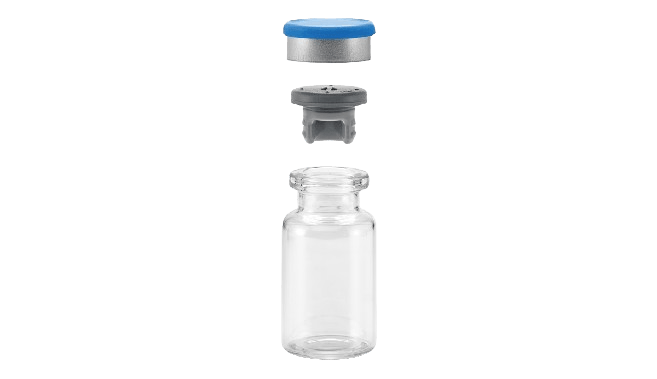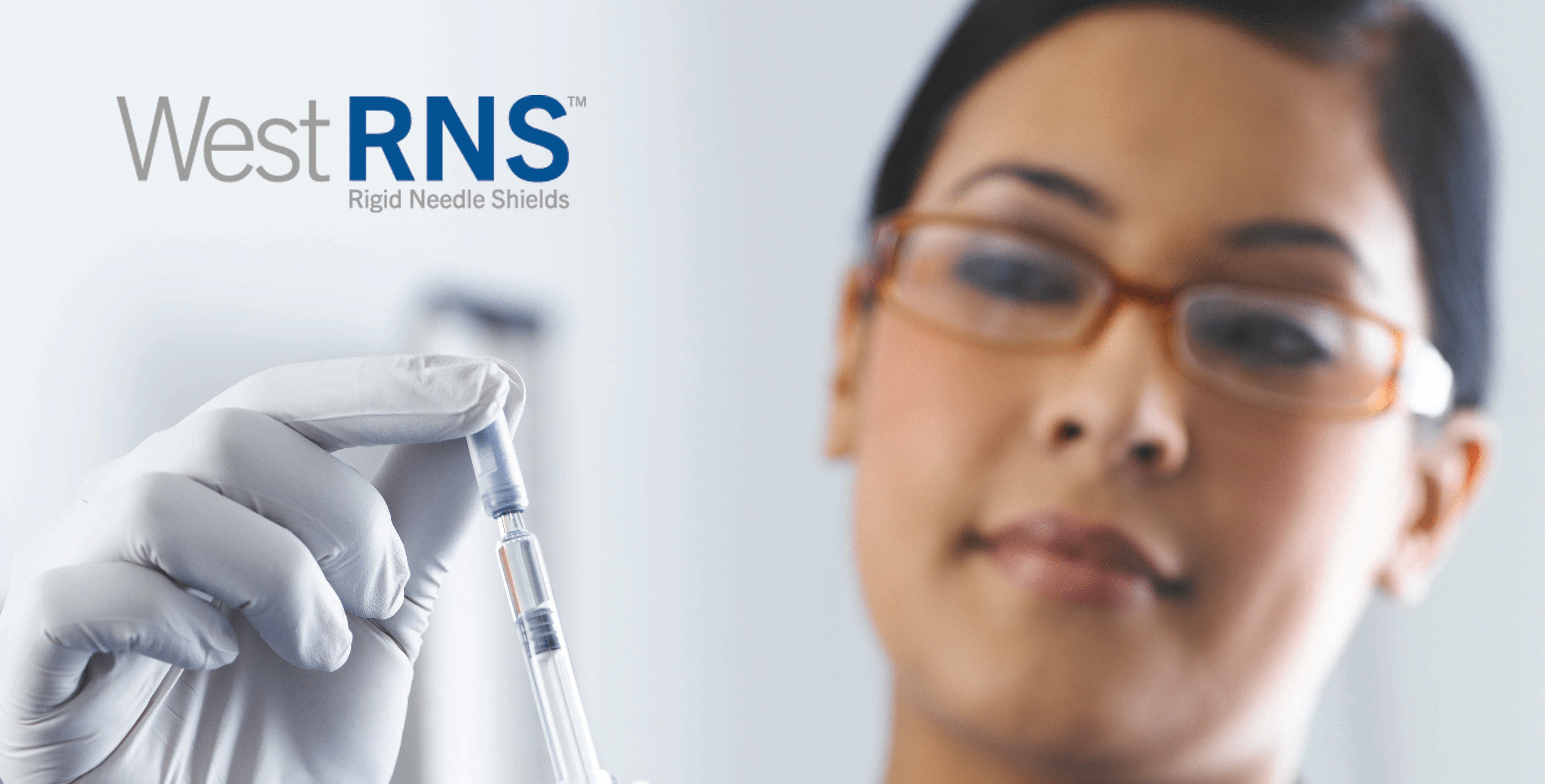The FDA released four final guidances pertaining to the 510(K) program
The FDA’s Center for Devices and Radiological Health (CDRH) released four final guidance documents on Thursday, Sept. 12, which provides the FDA’s current thinking on the Special 510(K) program, the Abbreviated 510(K) program, how to format Traditional and Abbreviated 510(K)s and the new Refuse to Accept policy for 510(K).
![]()

The March 1998 guidance "The New 510(K) Paradigm: Alternate Approaches to Demonstrating Substantial Equivalence in Premarket Notifications" is superseded by The Special 510(K) Program final guidance and The Abbreviated 5110(K) Program final guidance, issued on Sept 12, 2019. The release of the Special 510(K) Program final guidance follows CDRH’s launch of a pilot program in October 2018 on the expansion of the Special 510(K) program.
The Special 510(K) program offers an “optional pathway for certain well-defined device modifications where a manufacturer modifies its own legally marketed device, and design control procedures produce reliable results that can form, in addition to other 510(K) content requirements, the basis for substantial equivalence (SE).” CDRH says in the final guidance that the program was previously “ limited to review of changes that did not affect the devices’ intended use nor alter the devices’ fundamental scientific technology”, but now it focuses on “ whether the method(s) to evaluate the change(s) are well-established, and whether the results can be sufficiently reviewed in a summary or risk analysis format.”
The seven-page guidance for the Abbreviated 510(K) Program is published to follow the FDA’s effort to further expand the previously established Abbreviated 510(K) program. The Abbreviated 510(K) Program relies on the use of guidance documents, special controls, and/or voluntary consensus standards to facilitate FDA's premarket review of 510(K) submissions. The Abbreviated 510(K) approach described in this guidance document is intended to facilitate 510(k) submission preparation by manufacturers and review by FDA.














